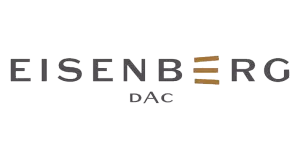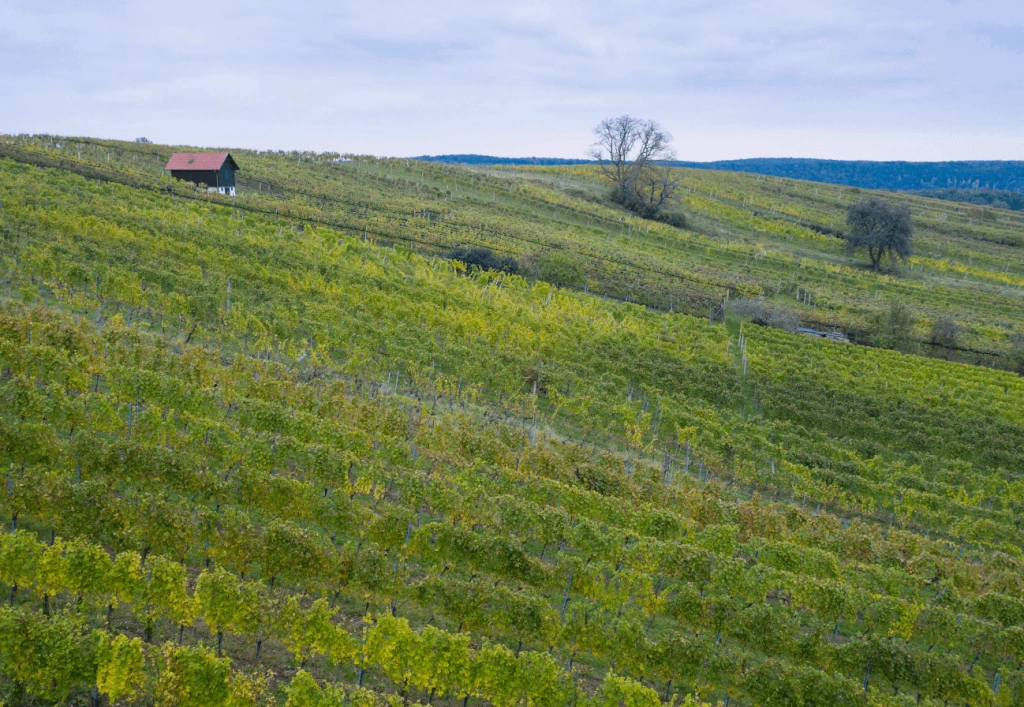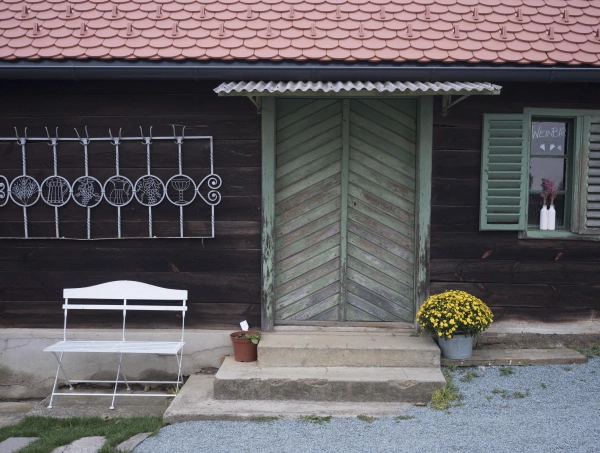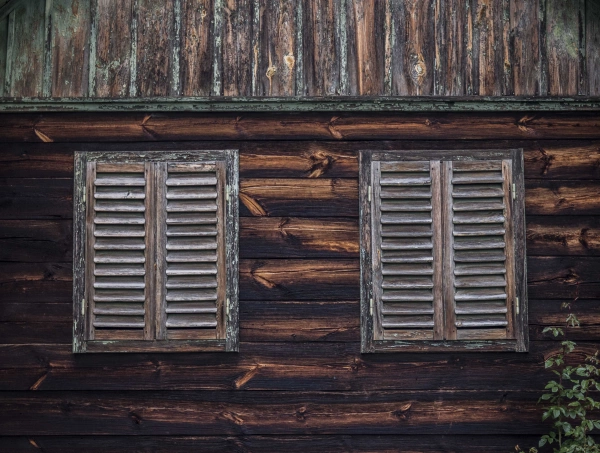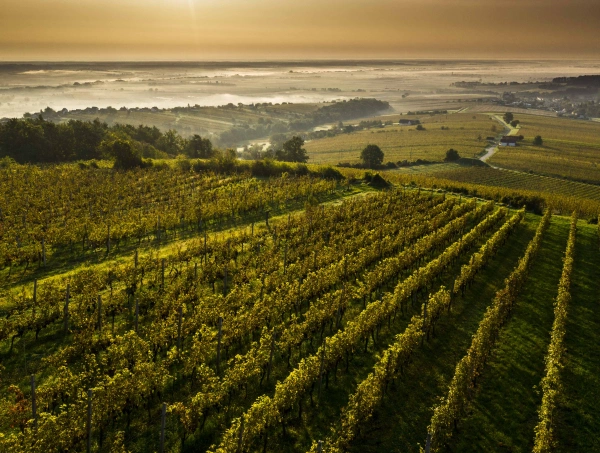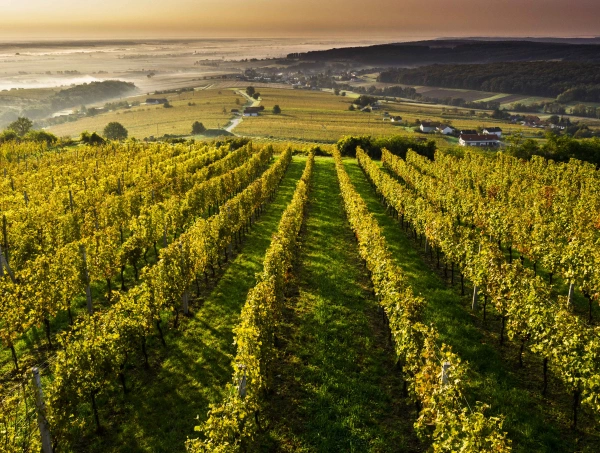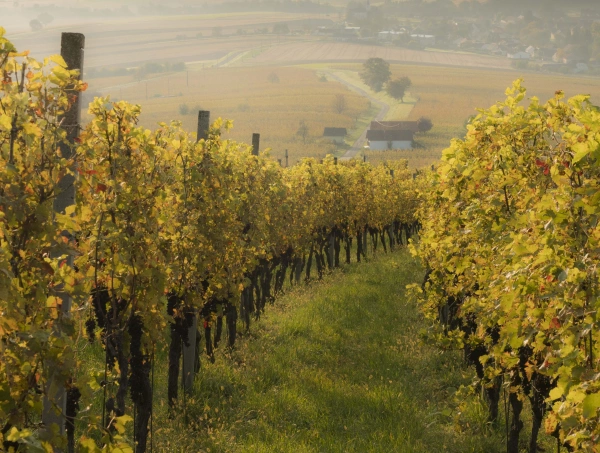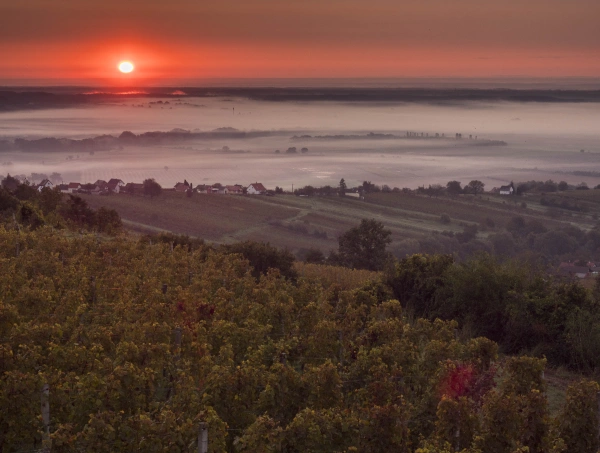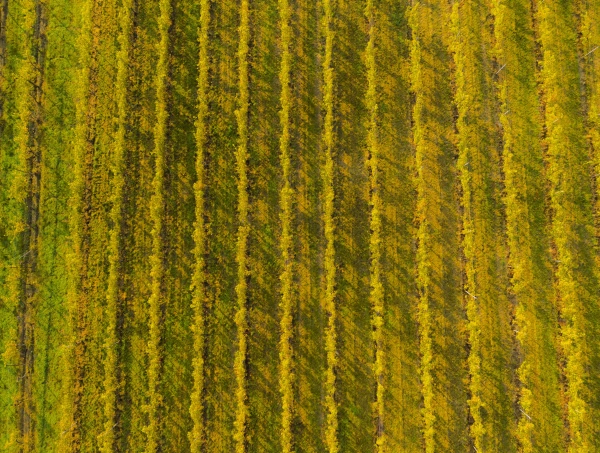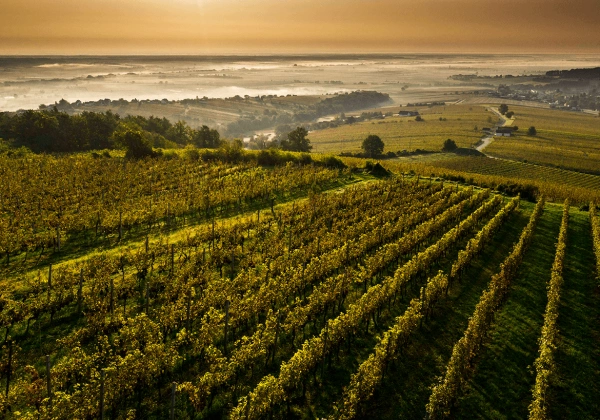Welschriesling revival
Welschriesling is the second most planted variety in Eisenberg behind Blaufränkisch – with good reason. The region, which stretches from Rechnitz in the north to Güssing in the south, has the ideal conditions for Welschriesling to fully develop its elegant, fresh potential. Eisenberg’s winemakers have long recognised that the variety excellently conveys their special terroirs and climatic conditions, plus has extraordinarily good ageing potential with a long shelf life.
Winemakers in Eisenberg are as unique as the region’s varied soils and confluence of continental and Mediterranean climates. Distinguished by their small scale, vintners here prize both their individual work in their vineyards and cellars and their visionary and collaborative teamwork.
Since 1971, Eisenberg (110 hectares) and Deutsch Schützen (80 hectares) have formed a municipality that is characterised by its idyllic seclusion and unspoilt landscape, best viewed from Eisenberg itself. Its steep slopes are home to top vineyards such as Szapary and Saybritz, while Deutsch Schützen boasts the Weinberg, Bründlgfangen and Ratschen vineyards.
Welschriesling feels particularly at home around Rechnitz and on the Csarterberg. The Rechnitz sub-region covers about 70 hectares, which are in the northern part of southern Burgenland and extend to the Hungarian border. Here, on the slopes of the Geschriebenstein, are the highest vineyards in Burgenland, at an altitude of between 350 and 480 metres above sea level. Welschriesling plays the main role in the range of grape varieties, being planted on just over 20 hectares. The chalk-poor, barren primary rock soils (green slate) give the wines a special freshness and liveliness.
On the Csaterberg with its two peaks, Klein- and Hoch-Csater, deep, loamy, ferruginous soils dominate on the roughly 50 hectares. Here, too, the vineyards are comparatively high, at 300 to 370 metres above sea level. Welschrieslings from the Csaterberg present themselves as multi-layered with a complex texture and spicy minerality.
